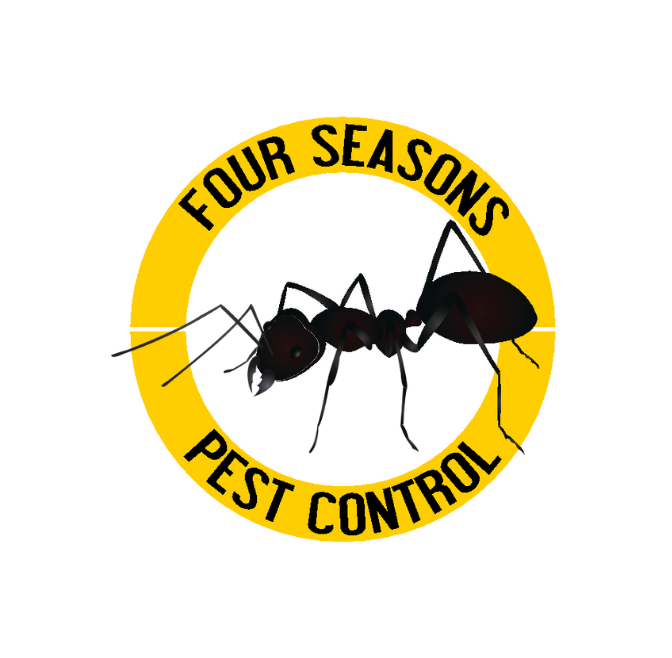ANTS: SPECIES COMMON IN NC & VA
Ants are social insects and belong to the family Formicidae. Ants inhabit every continent except Antarctica.
Anatomy:
- Ants have a distinct body structure consisting of three main parts: head, thorax, and abdomen.
- They have six legs attached to their thorax, and most species have antennae used for sensing their environment.
- Ants species vary in size, color, and morphology depending on the species.
Ecological Importance:
- These insects play crucial roles in ecosystems as predators, scavengers, seed dispersers, and ecosystem engineers.
- They help control populations of other insects, aerate soil, and contribute to nutrient cycling.
Economic Impact:
- While many ants provide valuable ecosystem services, some species can be agricultural pests, damaging crops and invading structures.
- Infestations in homes and buildings can be a nuisance and may require pest control measures to manage.
Overall, ants are incredibly diverse and fascinating insects that play important roles in ecosystems while also presenting challenges to human health and agriculture. Understanding the type of ant you are dealing with, can affect the treatment method used. Contact a pest professional like Four Seasons Pest Control for all your ant needs.
Contact Us
Types of Ants Common in NC & VA
Acrobat Ants (Crematogaster spp)
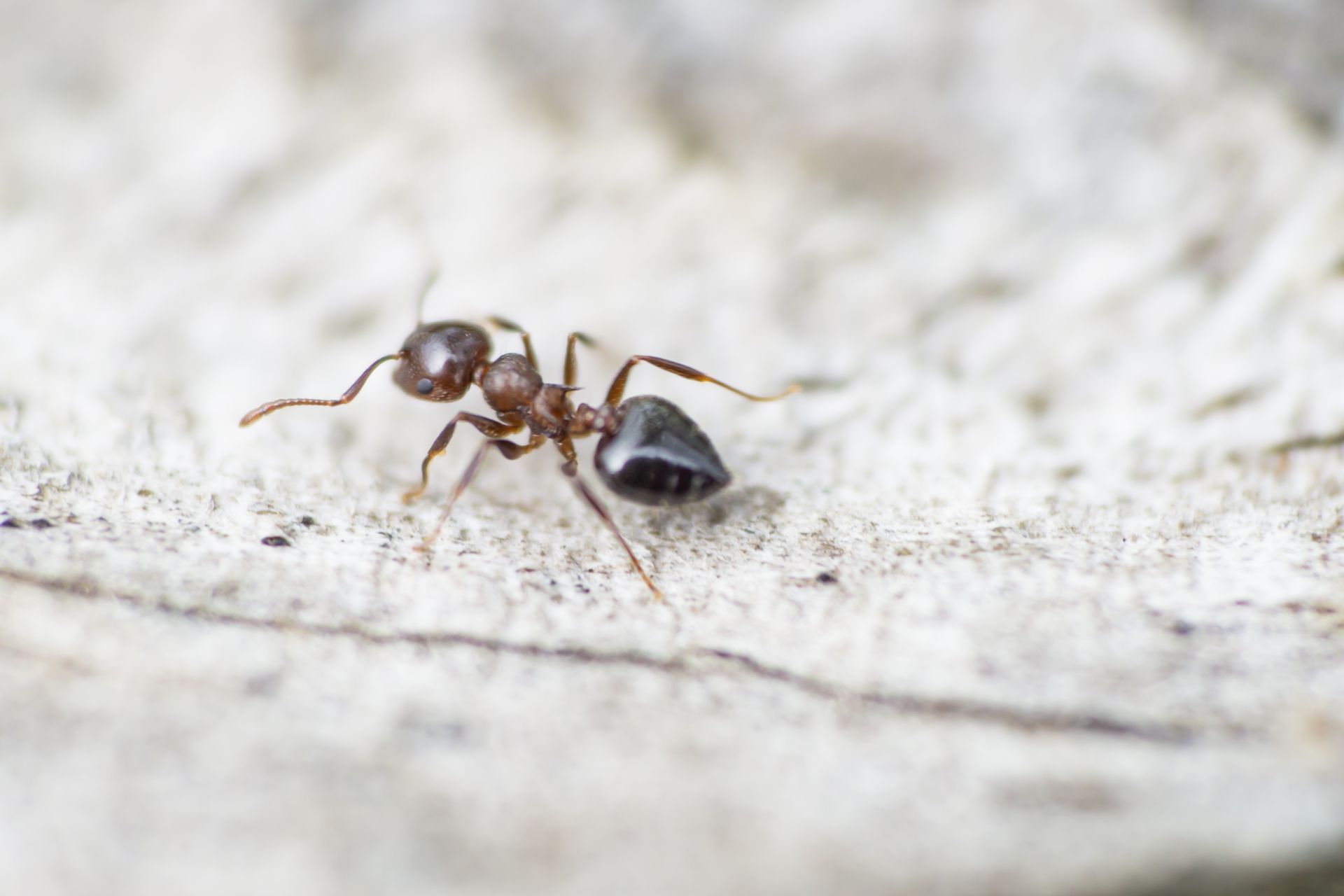 Read More
Read MoreSize: 2.5 to 3.2mm long.
Color: Vary in color from a yellowish brown to brown or black color. They have a heart-shaped abdomen.
Habitat: Nesting sites vary, usually in dead wood such as branches, tree stumps, or logs. In the ground, they will nest in abandoned wood and galleries made by carpenter ants or termites.
Behavior: When alarmed, the workers will raise up with their abdomen and arched above their head and thorax. Feed mainly on honeydew produced by aphids and other insects, as well as other alive and dead insects.
Health Concerns: No risks are associated with humans, although if they get into the home’s structure, they can threaten the structure.
Argentine Ant (Linepithema humile)
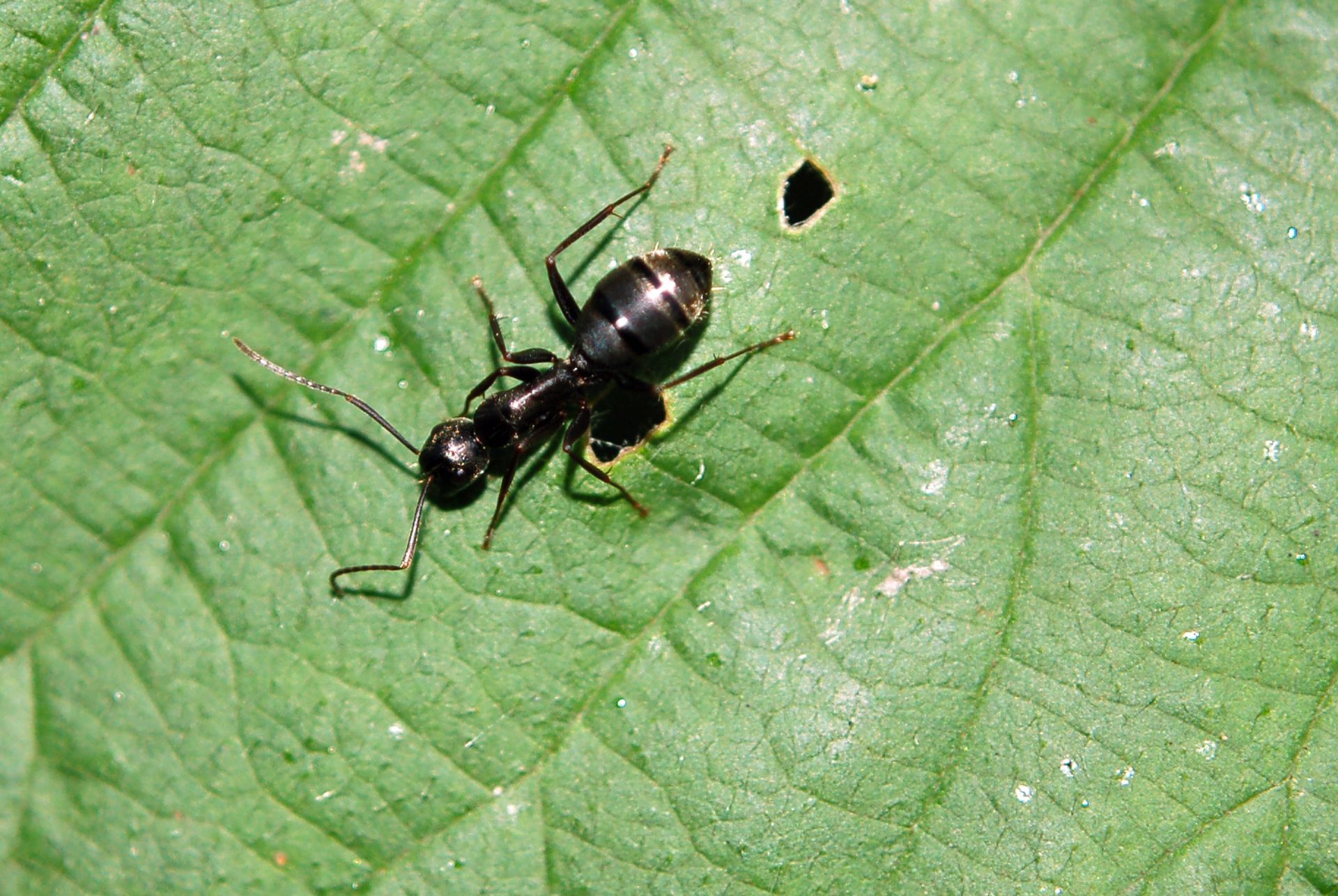 Read More
Read MoreSize: 2.2 to 2.8mm long.
Color: Dark brown to black and shiny in color.
Habitat: Nesting outdoors, colonies can grow to extremely large colonies with multiple queens. Indoors, they nest in wall voids, under floors, and near water sources.
Behavior: They are aggressive toward other species and can outcompete native ants. Feed mainly on sweets but will also consume proteins and fats.
Health Concerns: They do not pose a health threat, but can contaminate food.
Carpenter Ants (Camponatus)
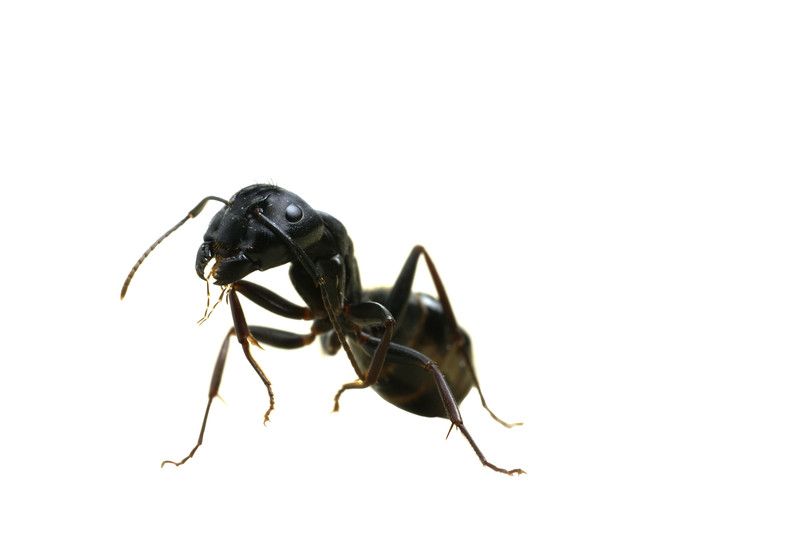 Read More
Read MoreSize: Large ants, varying in size from 6 to 12 mm in length.
Color: Black, brown, or reddish-black in color.
Habitat: Known for excavating galleries in wood. Unlike termites, they do not consume wood as food. Nesting in damp or decayed wood, such as tree stumps, logs, and structural lumber. Cause structural damage to buildings if left unchecked.
Behavior: They primarily feed on insects and sugary substances, but they do not hesitate to forage for food indoors.
Health Concerns: No known threat to humans.
Fire Ants (Solenopsis invita)
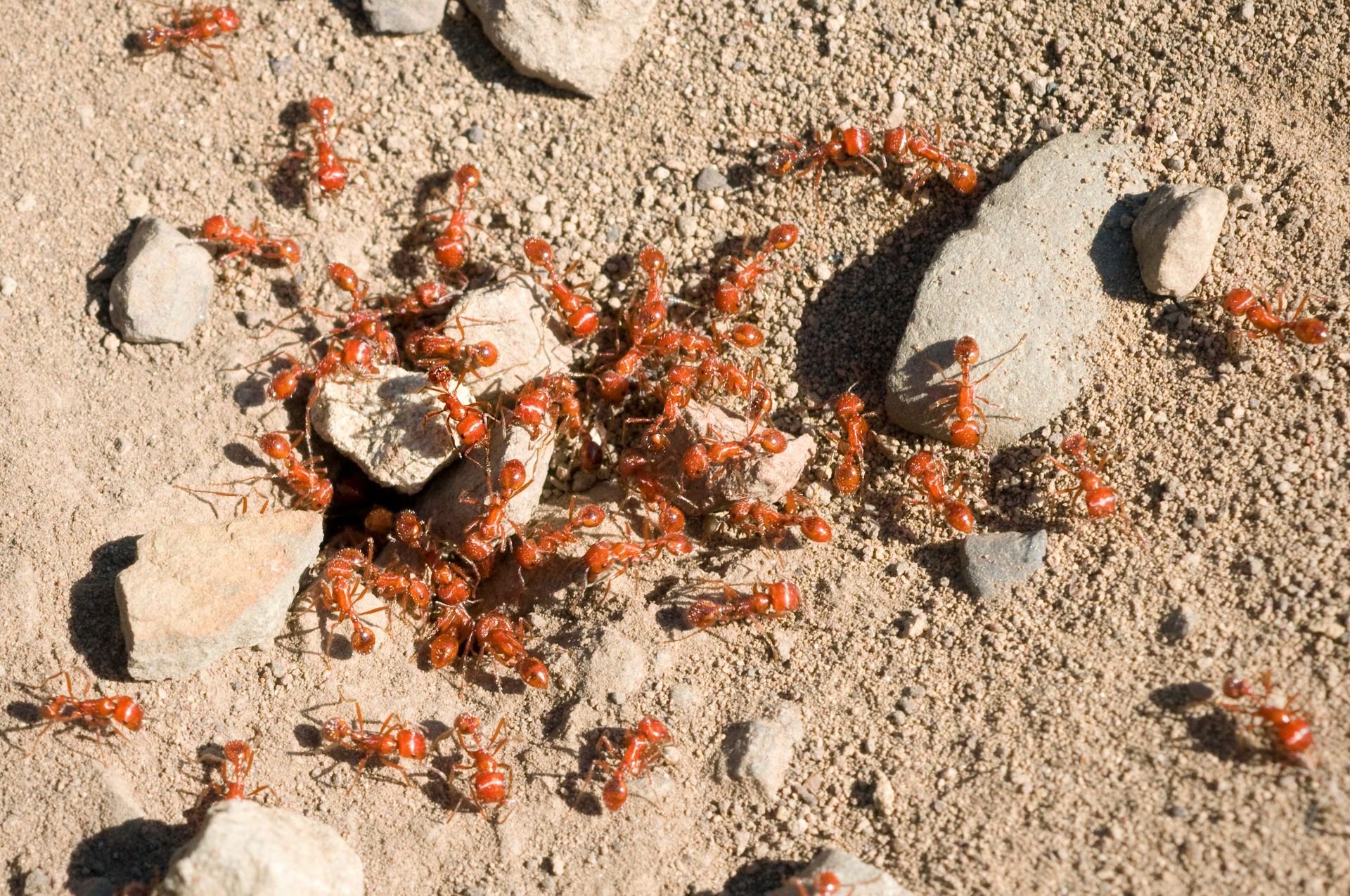 Read More
Read MoreSize: Small to medium-sized ants, ranging from 1.6 to 6 mm long.
Color: Dark reddish-brown.Habitat:
Nest in soil near foundations or in areas such as lawns, parks, and fields. They construct large, dome-shaped mounds made of soil.
Behavior: Build large irregularly shaped mound nests that are between 2 to 4 feet in size. They are scavengers and have an omnivorous diet. The primary diet is insects and small invertebrates, but will feed on any plant or animal they encounter.
Health Concerns: When their nests are disturbed, they are aggressive and will sting repeatedly. Stings cause painful welts, and some individuals may experience allergic reactions.
Little Black Ants (Momomorium minimum)
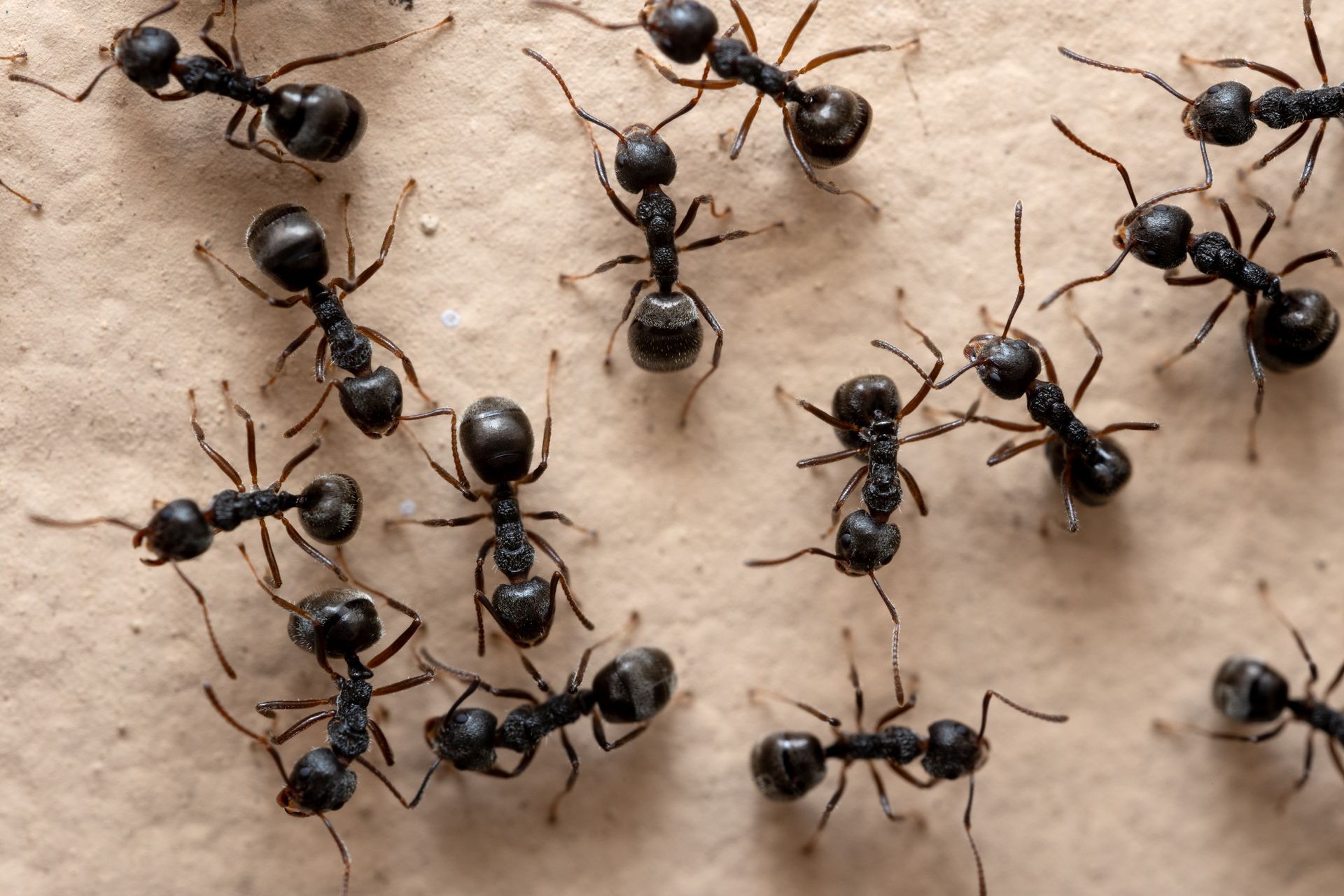 Read More
Read MoreSize: 1.5 to 2mm long
Color: Dark brown to jet black.
Habitat: Nest outdoors under rocks, in mulch or in tree stumps, fences or a pile of lumber or bricks.
Behavior: Known for their strong trails when foraging for food. They feed on various foods, including sweets, proteins, and fats. Attracted to sugary substances and can become a nuisance indoors, particularly in kitchens and pantries.
Health Concerns: They do not pose direct health risks to humans like some other pests do. These ants are mainly considered a nuisance due to their presence in kitchens and food storage areas.
Odorous House Ant (Tapinoma sessile)
 Read More
Read MoreSize: 2.4 to 3.3mm long.
Color: Uniform brown to black.
Habitat:Habitat: Nest near moisture sources such as leaky fixtures in bathrooms and kitchens. Outside, they will nest in wood damaged by termites or areas where lumbar and bricks are stored. They have multiple queens in their colonies and can establish satellite colonies indoors.
Behavior: When crushed, they emit a rotten coconut scent. They are attracted to a wide range of food sources, including sweets, proteins, and fats.
